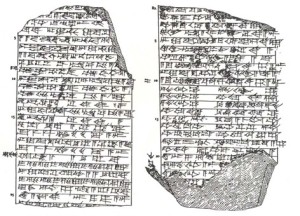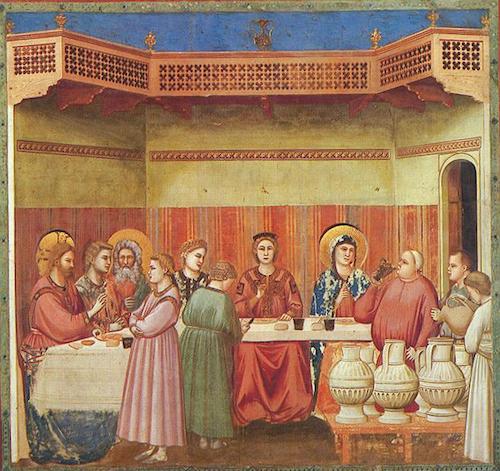 Since we’re on the subject of agricultural biodiversity and poetry, let’s also deal with that Sumerian ode to beer that featured in another article I linked to recently. It’s called the “Hymn to Ninkasi,” and it was found on a 19th century BC cuneiform tablet. Ninkasi means “lady who fills the mouth,” and was, aptly enough, the goddess of brewing. I found a longer version of the poem online, along with a recipe for the beer it describes, a “light, unhopped, unfiltered barley beer.” There’s some really detailed scholarship on Sumerian beer out there. What I don’t quite understand is why this stanza
Since we’re on the subject of agricultural biodiversity and poetry, let’s also deal with that Sumerian ode to beer that featured in another article I linked to recently. It’s called the “Hymn to Ninkasi,” and it was found on a 19th century BC cuneiform tablet. Ninkasi means “lady who fills the mouth,” and was, aptly enough, the goddess of brewing. I found a longer version of the poem online, along with a recipe for the beer it describes, a “light, unhopped, unfiltered barley beer.” There’s some really detailed scholarship on Sumerian beer out there. What I don’t quite understand is why this stanza
While I circle around the abundance of beer,
While I feel wonderful, I feel wonderful,
Drinking beer, in a blissful mood,
Drinking liquor, feeling exhilarated,
With joy in the heart [and] a happy liver—
While my heart full of joy,
[And] [my] happy liver I cover with a
garment fit for a queen!…
which is rather fun, is found in some sources but not in others. Some disagreement among Sumerian poetry experts? I’d like to think so.
Incidentally, there’s a thing called the Pennsylvania Sumerian Dictionary Project which has come up with an entirely horrible but endlessly intriguing online resource. It took me like an hour, but I finally figured out what I think is the Old Akkadian cuneiform for Ninkasi.
You’re welcome.

